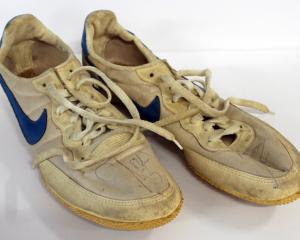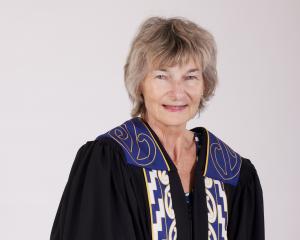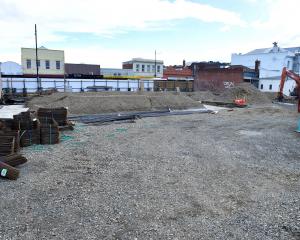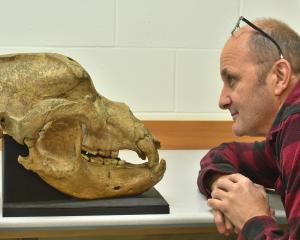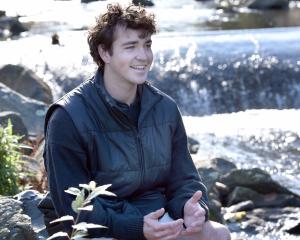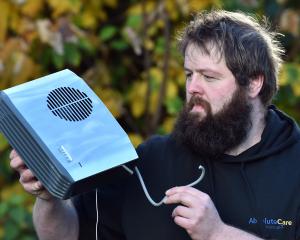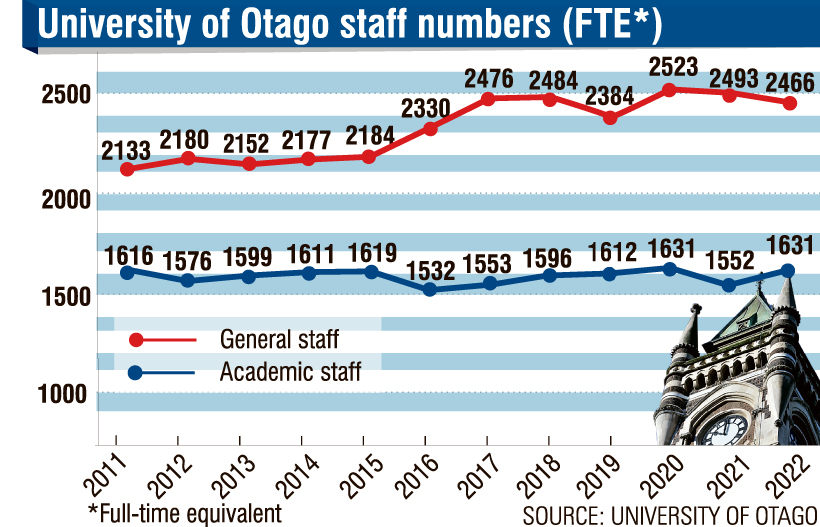
General staff were important in operating a university, it said.
Staff numbers also rose following a controversial restructure several years ago, but the university said the support services review (SSR) undertaken between 2015 and 2017 was not about reducing staff numbers.
Data contained in the university’s annual reports show academic staff numbers increased from 1616 in 2011, to 1631 in 2022, a rise of just 0.9%.
Meanwhile, general staff numbers increased from 2133 to 2466 over the same period, a rise of 15.6%.
This comes as staff numbers are set to fall, following the university’s shock announcement that up to several hundred staff are to be made redundant as it seeks to save $60million.
Human resources director Kevin Seales said there were a number of reasons for the increase in general staff numbers in recent years.
The most significant increase was in health, welfare and support activity, he said.
"This largely relates to student-facing pastoral support, meeting heightened pastoral support requirements, and increased student support more generally for an increasingly diverse student cohort."
The university had taken over Caroline Freeman College, previously the independent City College.
"There have also been increases to meet heightened obligations in areas of health and compliance, occupational health and animal welfare; in architecture, building and planning work [and] supporting the major programme of capital works over the past decade."
This included the Dental School, the Eccles building and the new Te Rangihīroa College.
There were also a number of other areas that had increased, including student recruitment.
"Operating a university depends on not just providing excellence in teaching and learning, but also pastoral care and operational services.
"Both must be priorities."
The university did not provide figures for the number of staff presently employed.
The SSR, which resulted in 166 people taking voluntary redundancy and another 13 being made redundant, has been controversial.
At a staff forum earlier this month the university said staff working in the shared services division had been advised of a proposal to disband it and deliver the services through different reporting lines.
This could result in four redundancies, as well as some vacant positions being lost, but was "not a significant change" to the shared services model created in the SSR.
Following the forum Tertiary Education Union co-president Brandon Johnstone said it was a little frustrating to go to be told by the leadership that "hindsight is a wonderful thing".
The TEU had given warnings during the SSR, and it was now costing jobs and money to reverse the decision.
The university’s review of employment-related policies and processes written in March said the SSR consumed significant time and energy for all those involved, but staff questioned whether it had achieved its goals.
"The impact on university operations and staff was significant as it changed ways of working and operational processes, shifted levels of delegations and approvals, reporting lines for groups of staff and it disturbed many long-standing and valued workplace relationships.
"Questions have been raised with the review panel as to whether the University has or will achieve full benefits realisation from this new service model given some services have already returned to their original divisions."
Mr Seales said last month the aim the of the SSR was not to reduce staff numbers, but to standardise support services and improve efficiency.
Staff numbers had grown from the original business case in response to a changing environment, and flexibility was one of the strengths of the model, he said.
"It needs to be noted that staff numbers increase for a number of reasons, and in many cases this growth is in areas that were not included in the SSR."
The new operating model had enabled the university to successfully navigate the difficulties of Covid-19 due to factors such as centralised IT and procurement services, he said.
Operational adjustments would continue to be made, and changes were evidence the university was listening to staff and ensuring services were fit-for-purpose in a changing environment.


